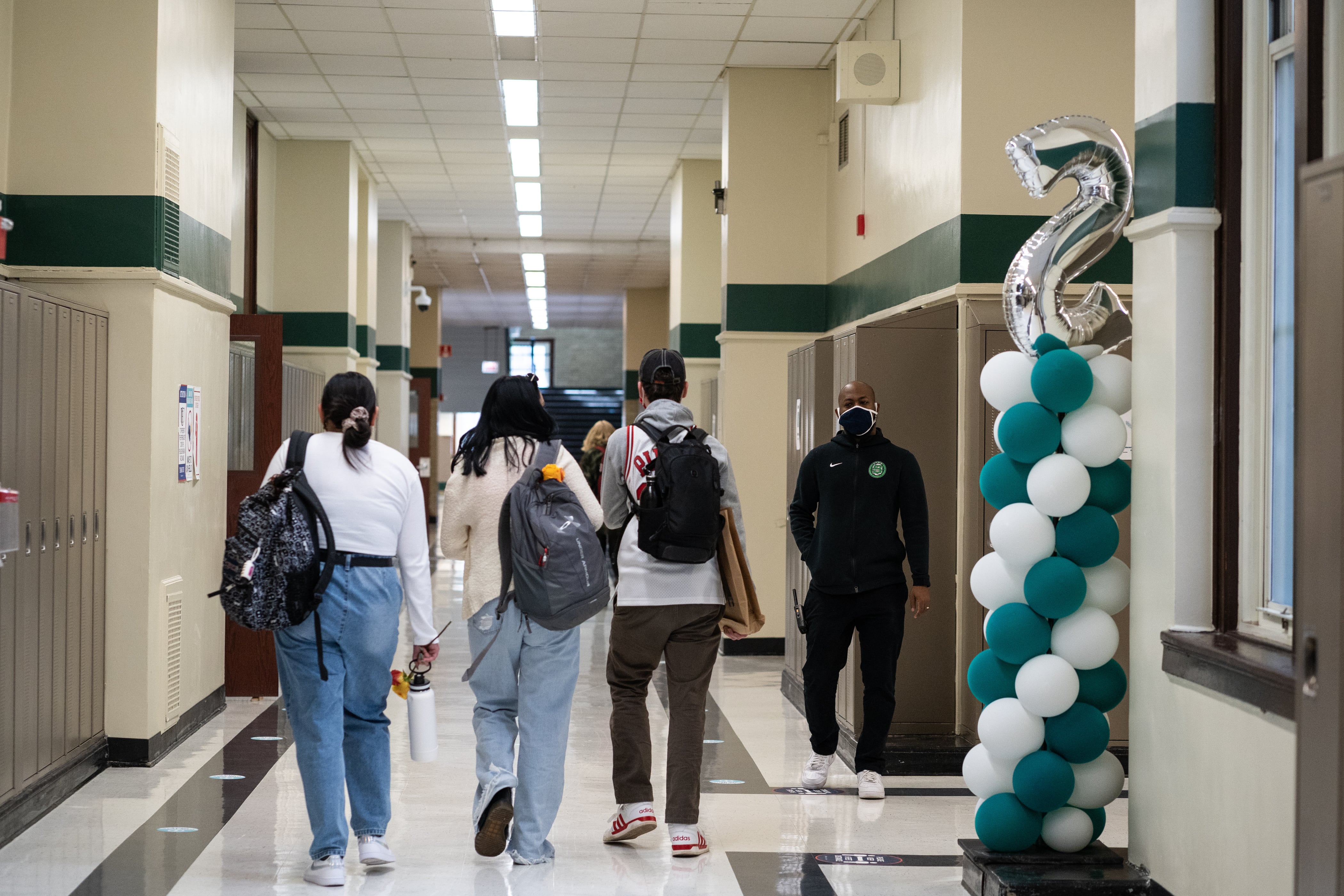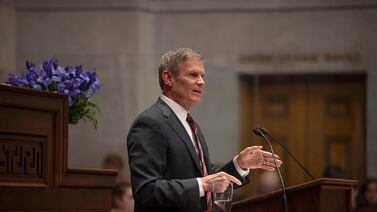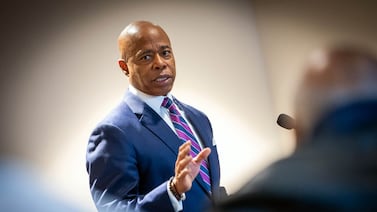“One of the district’s best years yet.”
That’s what Chicago Public Schools CEO Pedro Martinez is promising to more than 300,000 students as they walk through the school doors this year.
Two-and-a-half tumultuous years of shuttered buildings, quarantines, virtual learning, and budget cuts have taken a toll on the city’s school system.
As classes get underway, COVID mitigations loosen, and district leaders start reimagining school, Chalkbeat Chicago will be there.
Here are some of the issues we will be watching:
How many students show up?
Fewer students have been walking through the doors of public schools in Chicago every year for the past decade. The last time Chicago saw an uptick in public school enrollment was in 2010, in the wake of the Great Recession.
Because the district currently funds schools based on enrollment, some schools have gotten so small they struggle to provide a full, robust education. But the trauma of a generation of school closings in Chicago still lingers, and state law prevents the district from shuttering schools until 2025. Martinez has signaled that he’s searching for alternatives.
“We have under-enrolled schools, but I see it as an opportunity,” he said at a recent City Club speech. “I really do. I see it as an opportunity to create innovative school models.”
Chicago Public Schools doesn’t take an official enrollment count until the 20th day of school, and the data won’t likely be available until late September or early October. But researchers are predicting another significant drop.
“We have lower birth rates. We have more and more families living in the suburbs,” Martinez said, noting that his focus is on making sure every neighborhood has schools and programs that are attractive to students and their families.
Will students make it to school safely and on time?
Chicago Public Schools provides transportation to more than 10,000 students every year.
But last year, it struggled to provide busing for students requesting transportation, a problem that hit districts across the state and country amid bus driver shortages.
At the beginning of the school year, the district had only 500 of the 1,200 bus drivers needed. School officials also attributed busing snarls to new transportation requests, enrollment changes, and route assignments by the bus companies. But almost two months into the school year, CPS still had 4,000 students with outstanding transportation requests; more than half were students with disabilities.
Some families received subsidies to provide their own transportation, and the district partnered with taxi companies and vendors such as RideAlong to try to close the gap. The district also sought to hire more drivers throughout the year. It was finally able to meet transportation obligations for students with disabilities in February.
In an effort to avoid repeating last year’s mess, the Board of Education adopted a resolution that prioritized transportation for students with individualized education programs and those who lived in temporary housing before general education students who qualify for busing to get to magnet and other selective schools.
But some questioned whether the district will be able to meet the needs for vulnerable students.
Will there be enough staff?
The district has added more than 3,000 new positions since the pandemic started, according to publicly available staffing data. It’s not uncommon for positions to be unfilled on the first day of school. As of June 30, about 9% were vacant, up from 6% in June 2020.
Data show openings this summer were most common among bus aides, lunchroom workers, and special education staff. But staffing struggles are complex and can’t be attributed to any one factor, such as people quitting due to stress.
Chicago Public Schools has committed $5 million to hire more social workers and $6 million to fund counselor positions at 53 schools that need them the most. Additionally, staffing data show the district has added more case managers, counselors, social workers, and special education teachers and aides since 2020.
Are the kids all right?
The pandemic has taken a toll on everybody, but leading researchers are sounding the alarm on how it has affected young children and teenagers, with some calling it a crisis or just the tip of the iceberg. So what does that mean for schools?
It means teachers and school staff will be doing even more than they long have to make sure students are healthy and emotionally supported. Increasing the number of social workers and counselors is a vital step in a system that’s frequently understaffed in these positions.
But in addition to hiring staff, Chicago Public Schools is pouring millions of dollars into various efforts aimed at making sure the kids are, in fact, all right. This includes $5 million for a universal social-emotional curriculum that includes bullying prevention; $13 million for mentorship and partnerships with the Center for Childhood Resilience at Lurie Children’s Hospital, DePaul University, and others; and $2 million to hire staff dedicated to helping homeless students at 35 schools.
Also, thanks to a new state law, students are now able to take up to five mental health days if they need a break.
How many families take advantage of universal preschool?
It’s been five years since then-Mayor Rahm Emanuel first promised Chicagoans free, universal preschool. The goal was to serve all interested families by fall 2021, but the pandemic threw a wrench in that timeline.
Preschool enrollment saw a significant drop in 2020, with families wary of virtual learning for their 3- and 4-year-olds. This spring, the district launched a new registration portal and advertised the availability of preschool for all families, regardless of income.
Officials say they can serve 14,500 preschoolers this year, and there are still thousands of available spots for the littlest learners.
Becky Vevea is the bureau chief for Chalkbeat Chicago. Contact Becky at bvevea@chalkbeat.org. Mauricio Peña is a reporter for Chalkbeat Chicago, covering K-12 schools. Contact Mauricio at mpena@chalkbeat.org.








